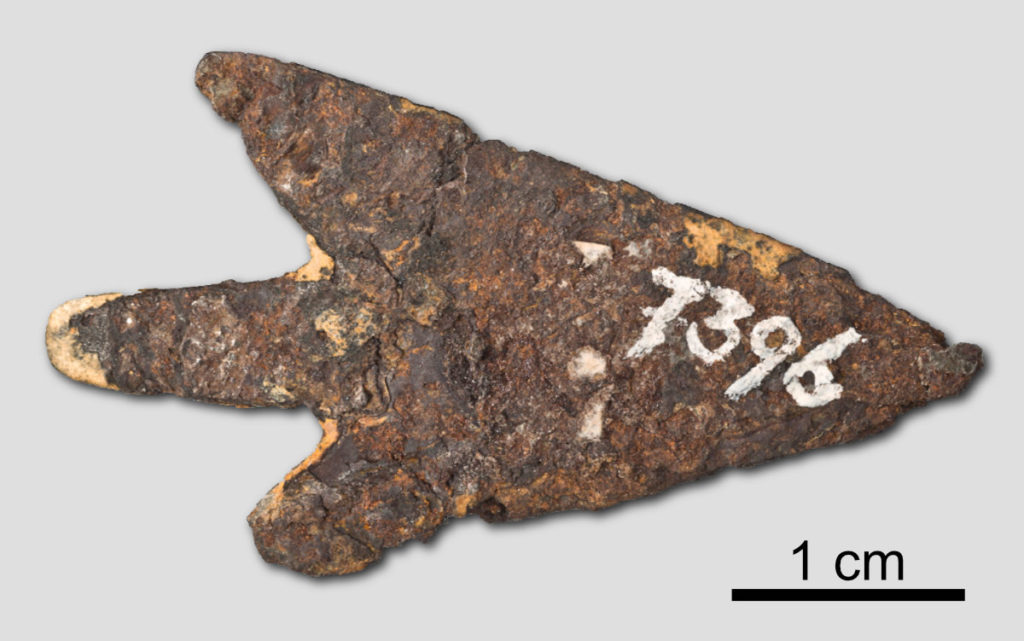We have published a paper in the Journal of Archaeological Science with Beda A. Hofmann from the Naturhistorisches Museum Bern describing an arrowhead made of meteoritic iron. This artefact has a mass of 2.9 g and was found in the 19th century in the Late Bronze Age pile dwelling of Mörigen near Lake Biel (Switzerland). Its meteoritic origin was demonstrated using various imaging techniques, including X-ray micro-computed tomography.


Find out more
Hofmann, B.A., Bolliger Schreyer, S., Biswas, S., Gerchow, L., Wiebe, D., Schumann, M., Lindemann, S., Ramírez García, D., Lanari, P., Gfeller, F., Vigo, C., Das, Debarchan, Hotz, F., von Schoeler, K., Ninomiya, K., Niikura, M., Ritjoho, N., Amato, A. (2023). An arrowhead made of meteoritic iron from the late Bronze Age settlement of Mörigen, Switzerland and its possible source. Journal of Archaeological Science, 157, 105827. Download pdf | Visit the journal webpage
